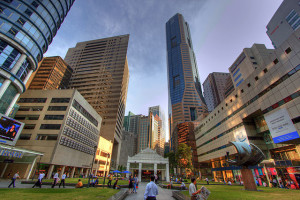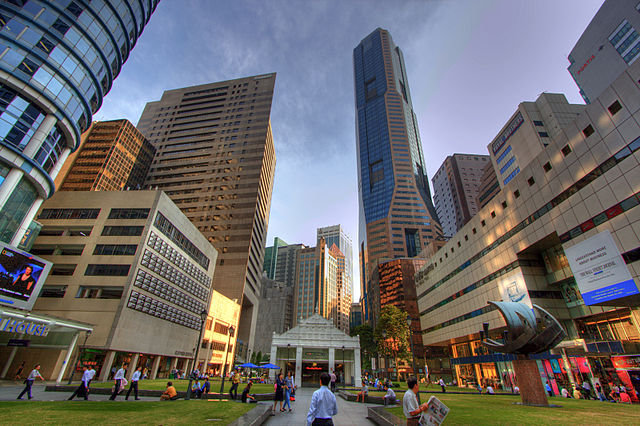 Singapore has rolled out a new design masterplan that outlines 15 recommendations to turn the city-state into an innovation-driven economy where more businesses, opportunities, and jobs will be generated, according to a recent press release by the Ministry of Communications and Information (MCI).
Singapore has rolled out a new design masterplan that outlines 15 recommendations to turn the city-state into an innovation-driven economy where more businesses, opportunities, and jobs will be generated, according to a recent press release by the Ministry of Communications and Information (MCI).
The “Design 2025” was released by the Design Masterplan Committee (DMC), which was appointed by the MCI in May 2015 to develop the strategies that will take design in Singapore to the next level of development.
Design 2025 envisions Singapore to be a thriving innovation-driven economy and a lovable city by design, according to MCI.
“Using design as a strategic tool, companies will be able to create new businesses, new opportunities and new jobs. By 2025, our community will also embrace the use of design and actively participate in co-creating their living environment, which will in turn, cultivate a stronger sense of belonging and develop an endearing home for all,” MCI said.
“Design is an important driver of innovation and value creation for businesses and society. It can also add vibrancy and richness to our national identity,” said Beh Swan Gin, chairman of the Design Masterplan Committee.
Design 2025 has set out 15 recommendations under five strategic thrusts.
The first thrust aims to nurture design as a national competency to prepare the next generation of Singapore’s workforce for the future economy. It also seeks to develop a multidisciplinary, industry-ready design workforce that will excel at a higher level of practice.
The second focuses on promoting the adoption of design and strengthening the design capabilities of businesses and the public sector.
The third thrust aims to help design firms in Singapore grow and expand internationally through intensified collaborations and pooling of resources, as well as through support for design research and experimentation to stay ahead of the curve.
The fourth looks at bringing design closer to the community to promote greater appreciation of good design and a higher level of co-creation activity to improve daily living experiences, while the fifth thrust seeks to strengthen the Singapore Design brand.
“I am confident that the recommendations outlined in Design 2025 will help increase design adoption and grow the design industry further,” said Yaacob Ibrahim, minister for communications and information.
“More importantly, they will enable businesses to create business opportunities, and society to improve the quality of life for our people through design,” the minister added.
Still most expensive city
Meanwhile, Singapore is still the world’s most expensive place to live, while Hong Kong has moved up seven places in the ranking into joint second place with Zurich, according to the Economist Intelligence Unit (EIU)’s Worldwide Cost of Living survey released recently.
Singapore has the highest score of 116, while Zurich and Hong Kong get 114, ranking in second place, EIU’s latest report showed. In joint eighth place, Seoul makes up a trinity of Asian cities among the 10 most expensive cities.
These increases are set against a backdrop of global volatility, with falling oil and commodity prices as well as currency devaluations and geopolitical uncertainty playing a part, said the report.
“In nearly 17 years of working on this survey, I can’t recall a year as volatile as 2015,” said Jon Copestake, an editor of the survey.
Only eight cities of the 133 surveyed have seen their ranking position remain unchanged in the last 12 months. Chinese cities have become more expensive relative to their peers. Shanghai is now as pricey as Tokyo, which was the world’s most expensive city for most of the last two decades.
Despite drastic declines in many Eurozone locations, Paris remains fifth most expensive city in the world. In the Americas, the U.S. dollar has reached 10-year highs, pushing up the cost of living across the United States. New York is now among the 10 most expensive cities globally for the first time since 2002.
South Asian cities continue to offer the best value for money. Cities in India and Pakistan account for five of the 10 cheapest cities. They are joined in the latest ranking by Lusaka, Zambia’s capital, which now lays claim to being the world’s cheapest city, with a cost of living two thirds cheaper than Singapore.
Photo: RamirBorja





